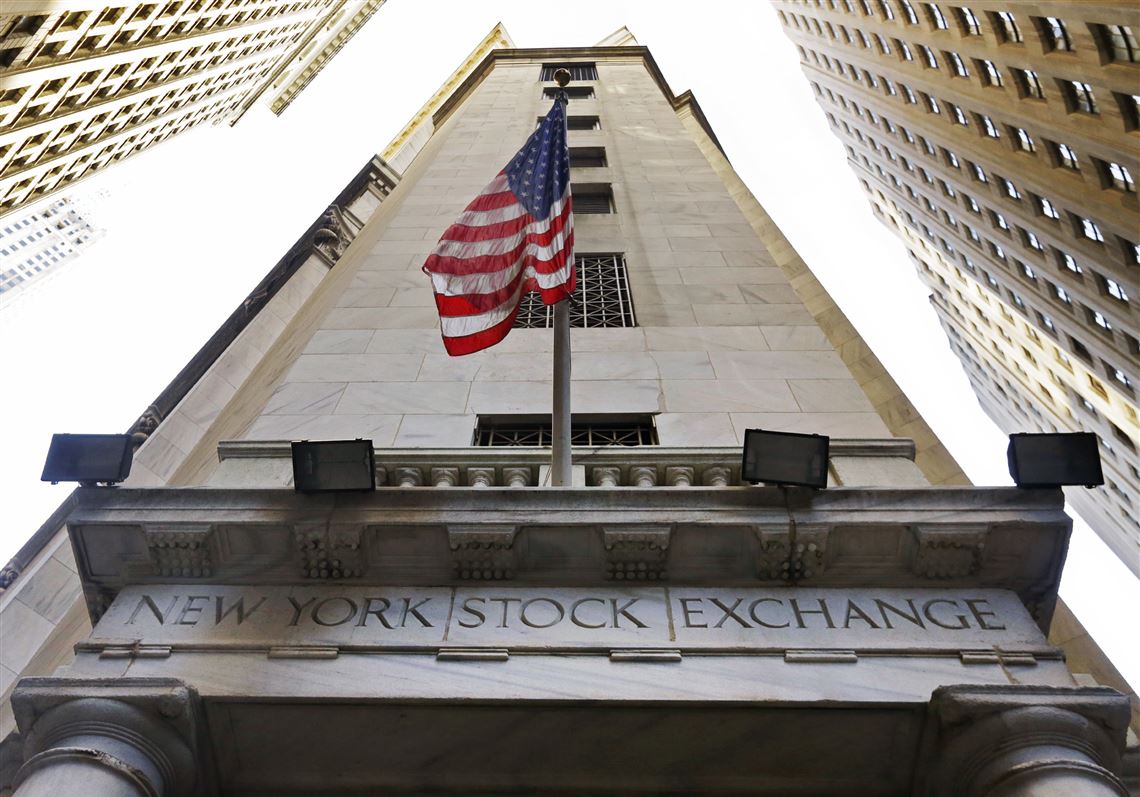The investing public has fallen in love with passive investment strategies that aim to match average stock market returns through index funds and exchange traded funds, as more investors question the value of paying higher fees for actively managed mutual funds.
Data provided by the Washington, D.C.-based Investment Company Institute shows that while enthusiasm for mutual funds has been steadily declining, index funds and ETFs have been gaining market share. From 2014 to March 2017, actively traded mutual funds saw $773 million in assets pulled out of accounts, while investors funneled a total of $596 million into index funds and ETFs.
“The belief in either of the two systems — active versus passive management — is almost the equivalent to a religious debate,” said Jim Meredith, executive vice president of the Hefren Tillotson financial planning firm, Downtown.
“In the last two and a half years, over 40 percent of all new money invested into the market has been buying index funds.”
Passive investing, also known as indexing, buys a basket of stocks that have been included in an index, such as the Standard & Poors 500 or market sectors, such as energy or technology. The performance of an index fund will mirror the overall movement of the markets.
Active investment involves money managers who engage in stock research and attempt to pick more winners than losers.
The returns on actively managed mutual funds will deviate from the market, for better or worse. More investors have turned away from actively managed funds because relatively few outperform the market over time. In addition, passive index funds typically charge lower fees.
But the massive shift of capital has led some advisers to fear that passive investing may have reached a bubble.
So much money has flowed into index funds and exchange traded funds in recent years that money managers say it could be destroying the healthy process of price discovery in the overall market.
Active managers play a critical role in setting efficient asset prices in the long run by buying stocks they believe are cheap and selling stocks they think are expensive. But when their role is diminished, active managers lose their ability to provide the market with necessary checks and balances.
“As index funds increasingly take more market share, stable companies are seeing prices incrementally moved by investor capital inflows and outflows of passive strategies,” said Matthew Karr, manager of investment research at Fragasso Financial Advisors, Downtown.
“This has the effect of diminishing companies’ movements based on fundamental factors like valuation and competitive prospects because the reason for buying and selling in ETFs never takes that into consideration,” he said. “This is called being a ‘price agnostic buyer,’ which is a recipe for problems.”
Typically bubbles come in asset classes — such as technology stocks in 2000 and housing in 2007 — not investment techniques.
However, Ned Davis, senior investment strategist at Venice, Fla.-based Ned Davis Research Group, said in a March report that passive investing has caused the average stock in the S&P 500 index to be more overvalued now than it was in 2000 or 2007.
“When one buys an S&P 500 Index fund, one buys all the stocks in the index, whether cheap or expensive, and whether growth or value,” he wrote.”In my opinion, this is clearly bubble territory.”
Despite the shifting trends, actively managed mutual funds are still the reigning heavyweight champions of the financial industry. The Investment Company Institute reports mutual funds held $18.1 trillion in assets in 2016, compared to $2.1 trillion in passive investments.
Chicago-based securities attorney Andrew Stoltmann said the evidence he has seen is overwhelmingly in favor of passive investments outperforming most actively managed mutual funds over time. The chances of litigation related to investment losses also are much lower.
“If all investing was passive, I would be out of a job within a year,” Mr. Stoltmann said. “Ninety percent of the cases I’m involved with result from a broker trying to beat the market and we know that is almost impossible to do long term.
“Every study not financed by the securities industry tells us that active management, because of the costs associated with it, leads to a massive drag on performance that kills investment returns,” he said.
With $577 million in assets under management, all of which is invested in index funds, investment adviser P.J. DiNuzzo has seen his business steadily grow since it opened in 1989, long before index investing was on the radar screen of many investors.
He doesn’t buy the theory that index investing is in a bubble.
“We are decades away from an over-saturation of indexing in any class,” said Mr. DiNuzzo, chief investment officer at DiNuzzo Index Advisors in Beaver.
“We are not near the tipping point where not enough active managers are doing research. The benefits of indexing is the capital markets are very efficient over time and to the point that no individual investor on a risk-adjusted basis will be able to outsmart the collective intelligence of all market participants.”
But one way active managers do earn their fee when it matters the most to investors is by protecting their wealth when it is at risk of being lost in falling markets. Passive investors with a long term buy-and-hold strategy may ride a collapsing market to the bottom.
“When the S&P 500 is doing well, you do well with an S&P 500 index fund,” Mr. Karr said. “If the S&P 500 is up 15 percent, the index fund will do as well. The downside is when the market is down you will go down just as much.”
Tim Grant: tgrant@post-gazette.com or 412-263-1591.
First Published: June 1, 2017, 4:00 a.m.
















